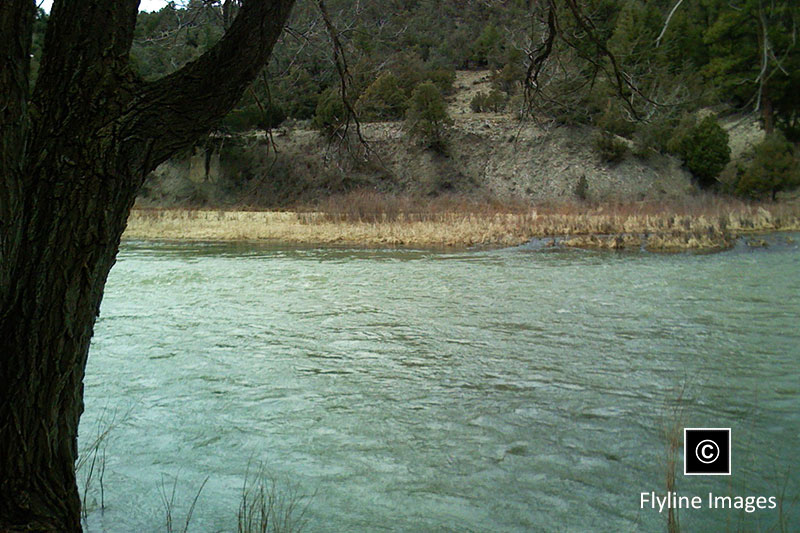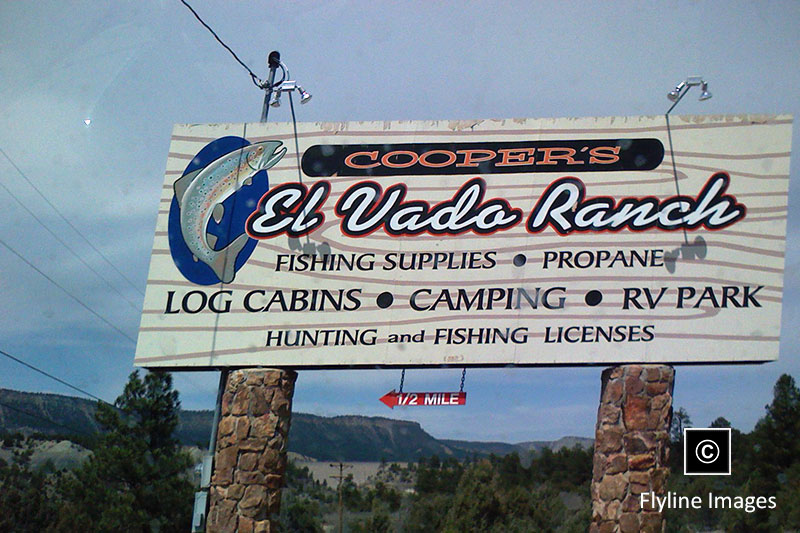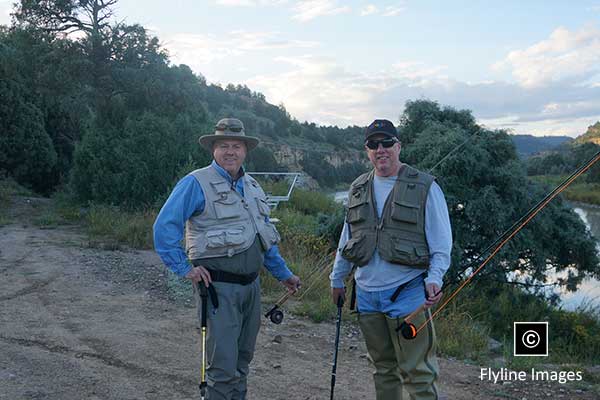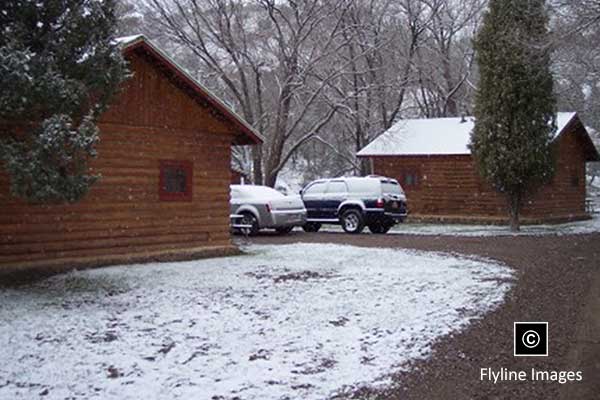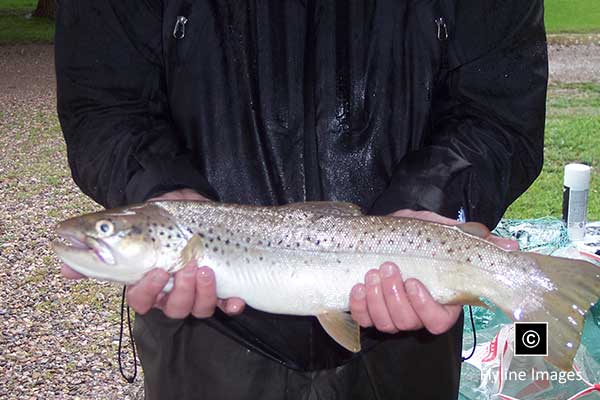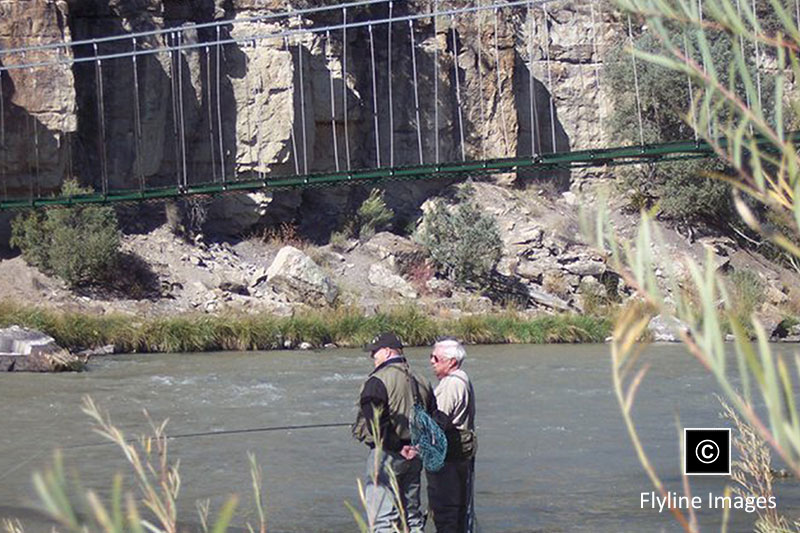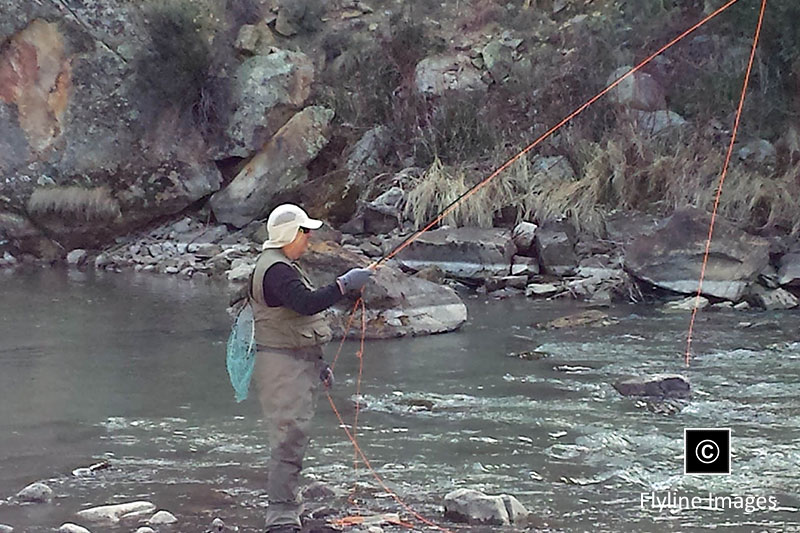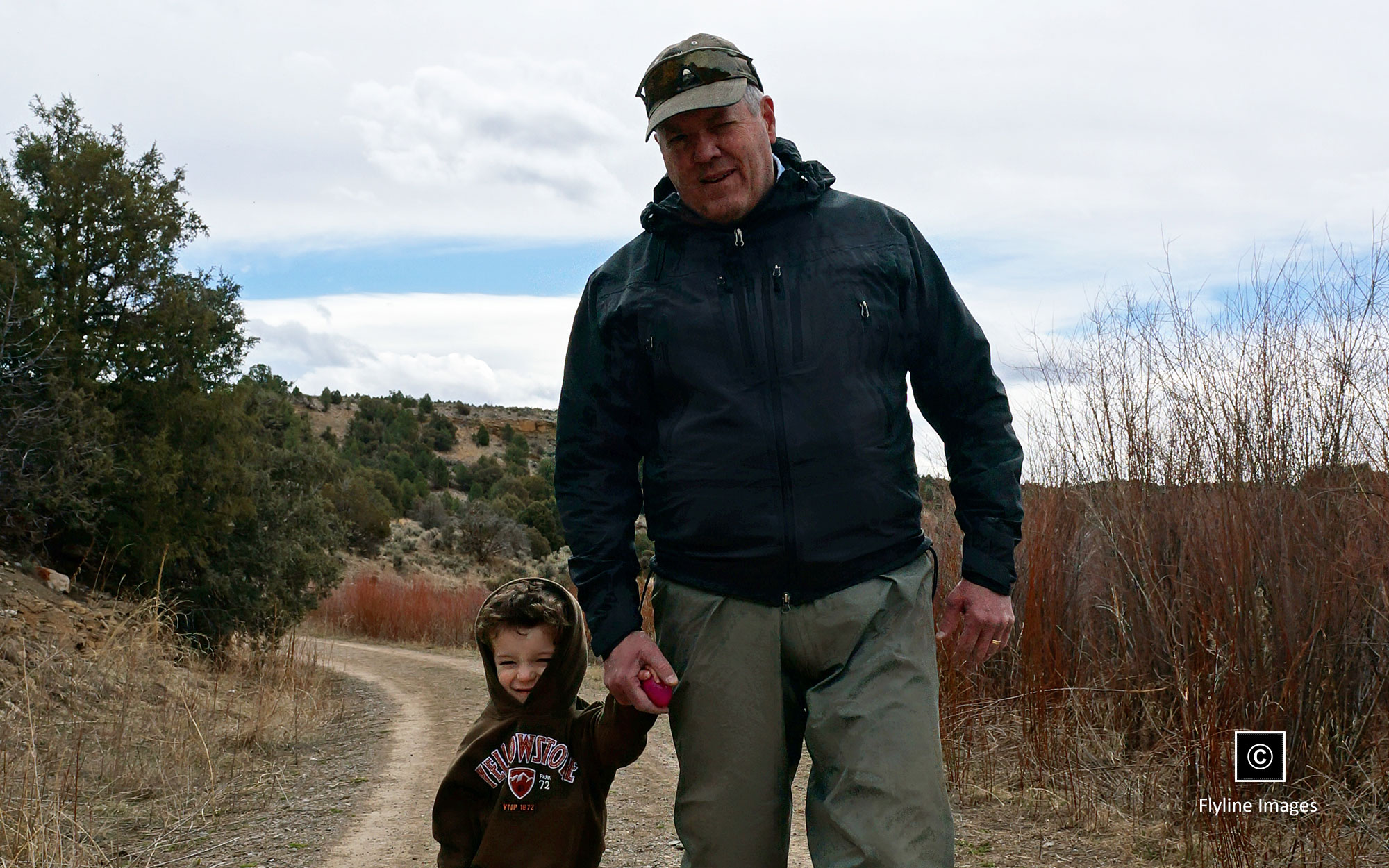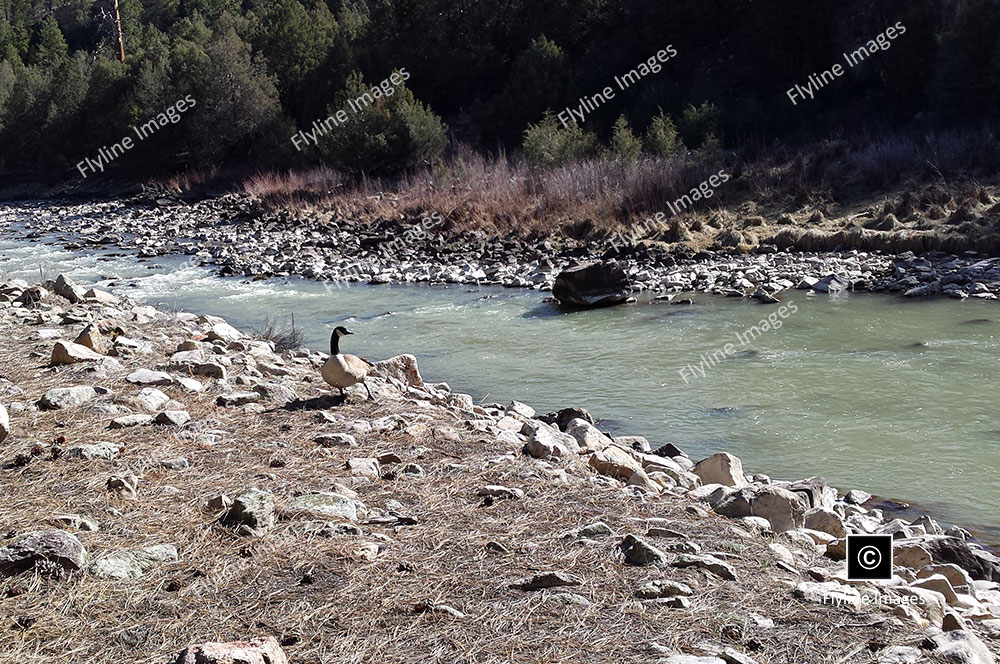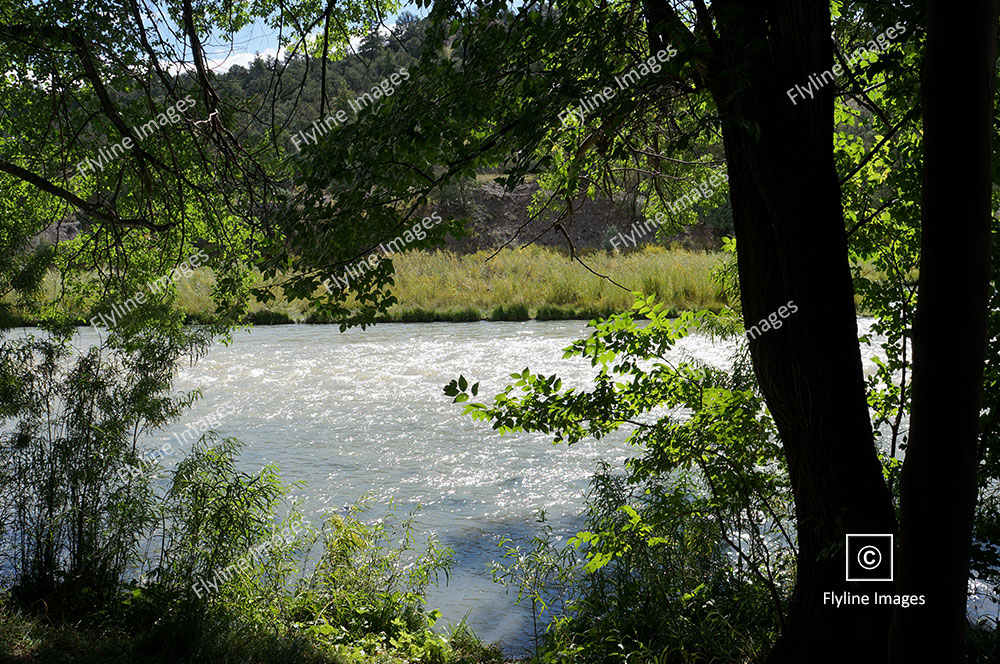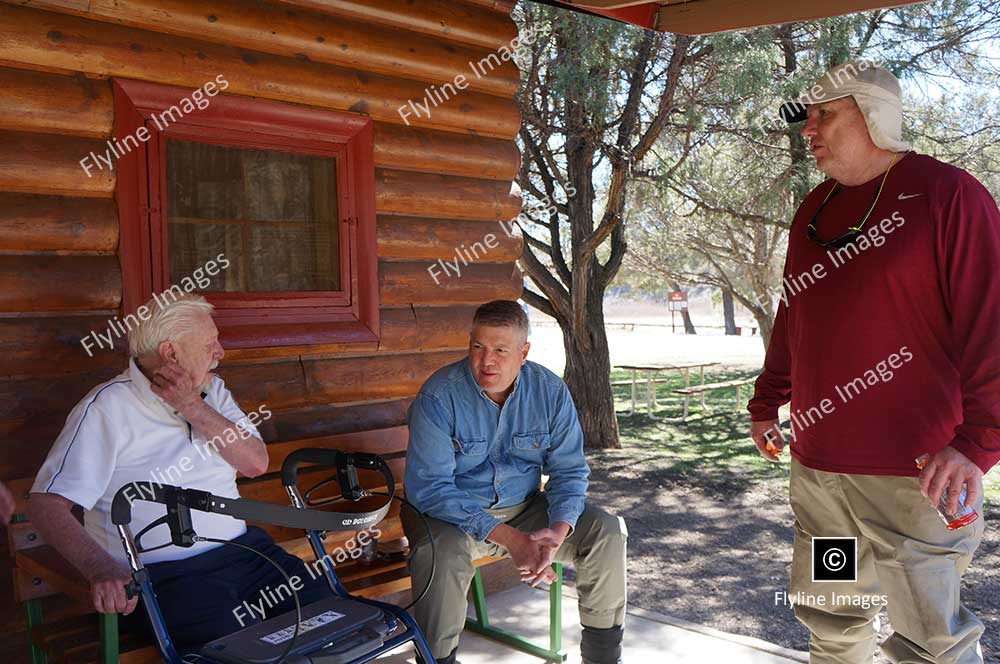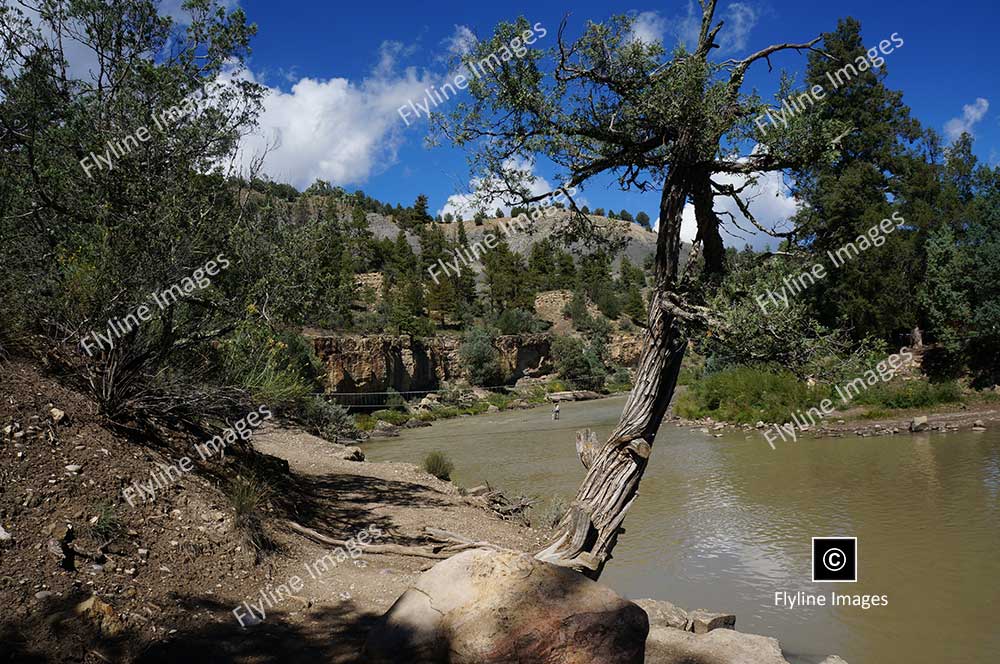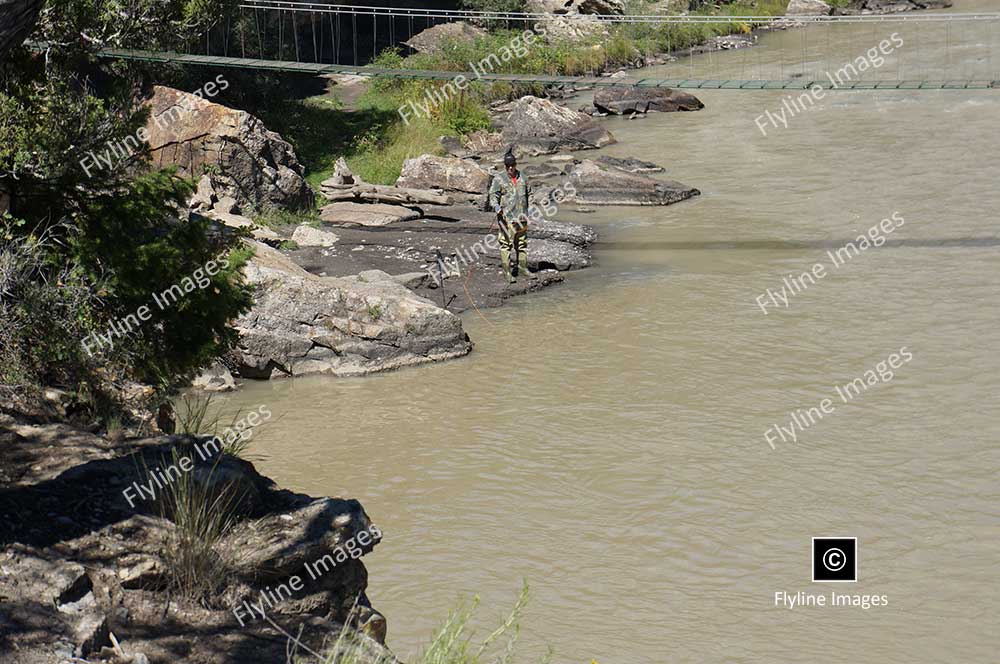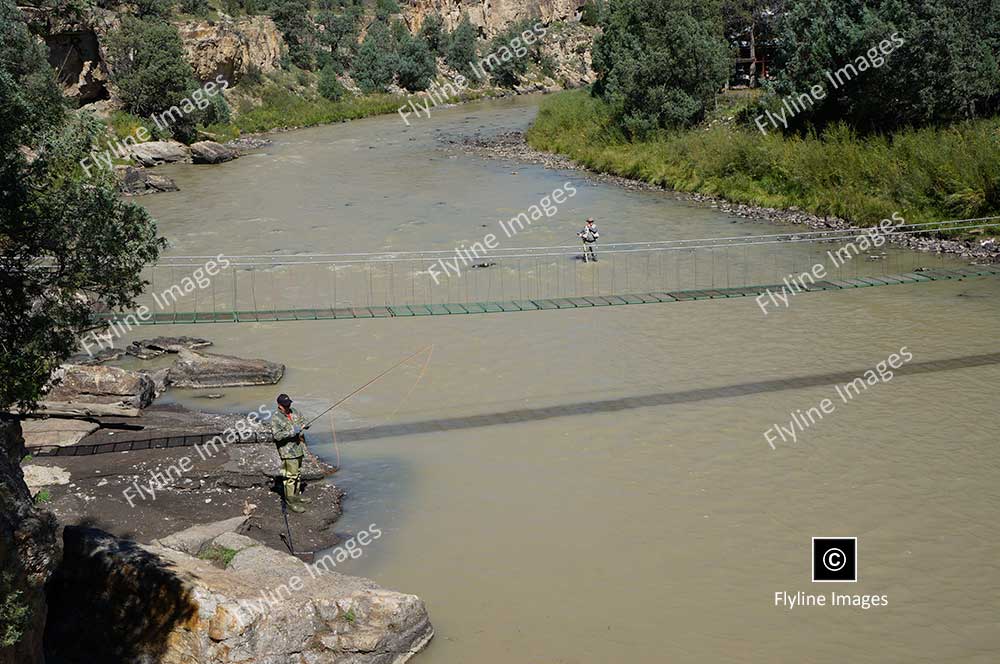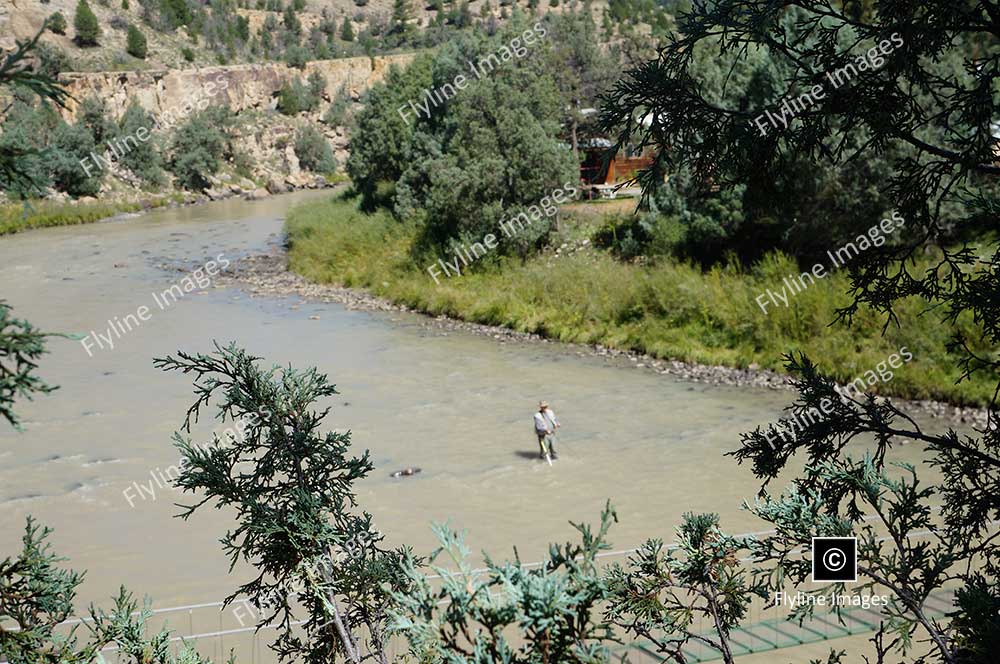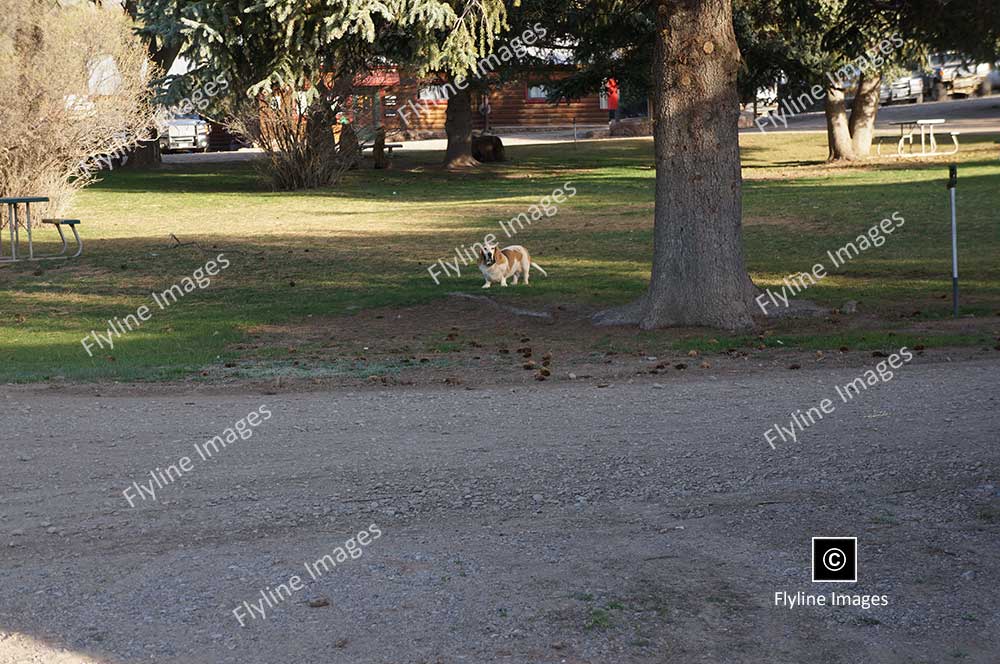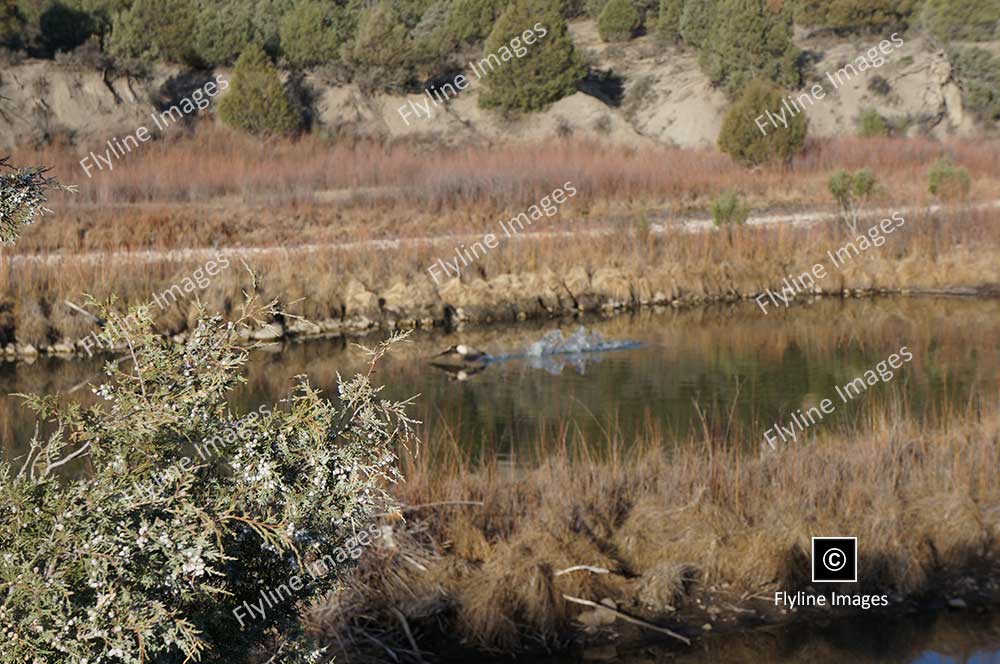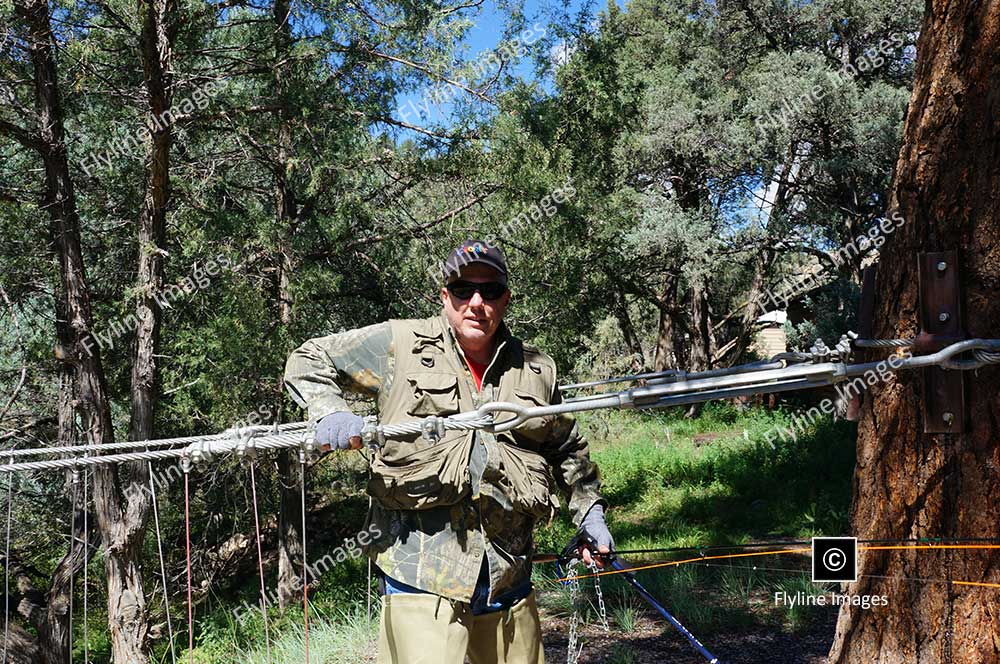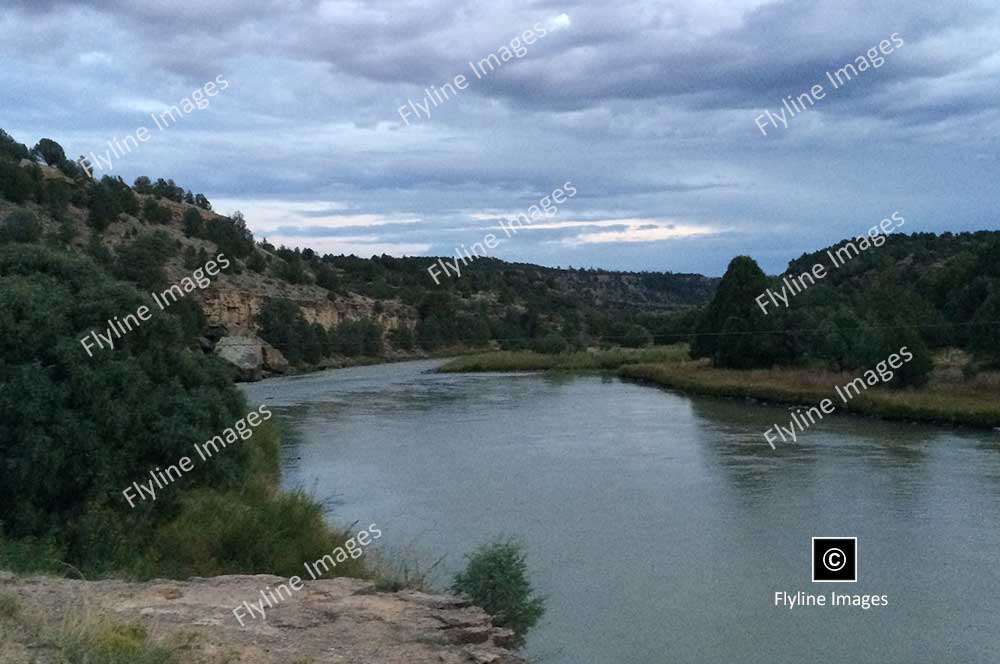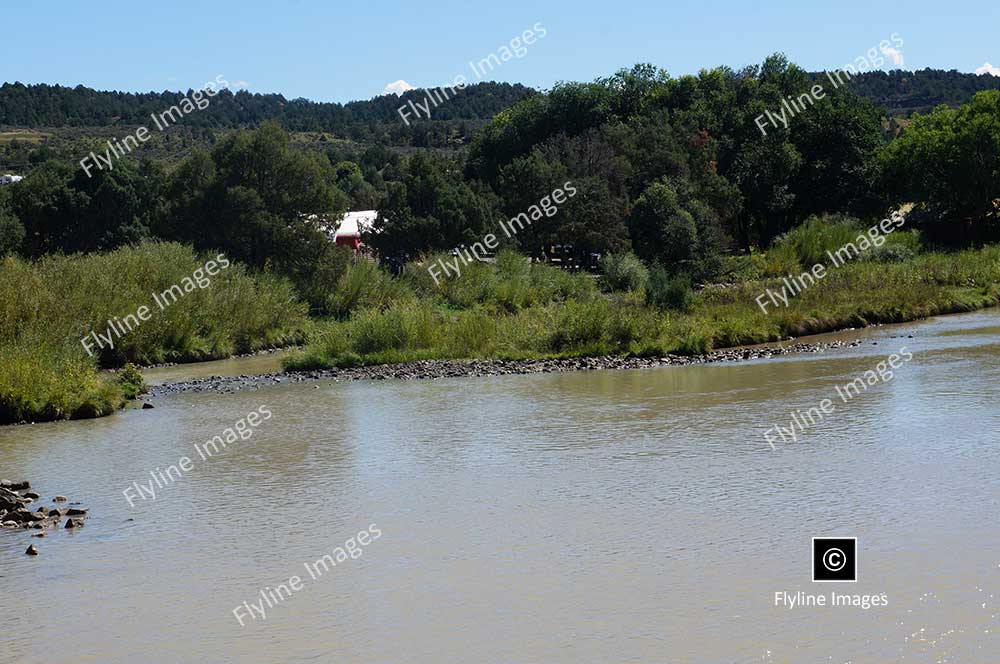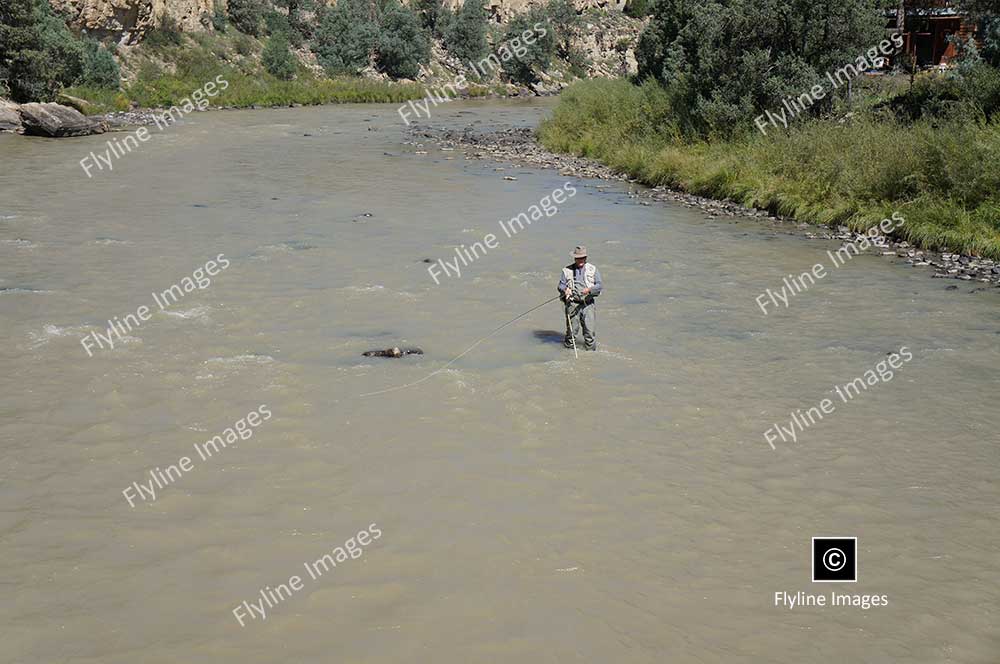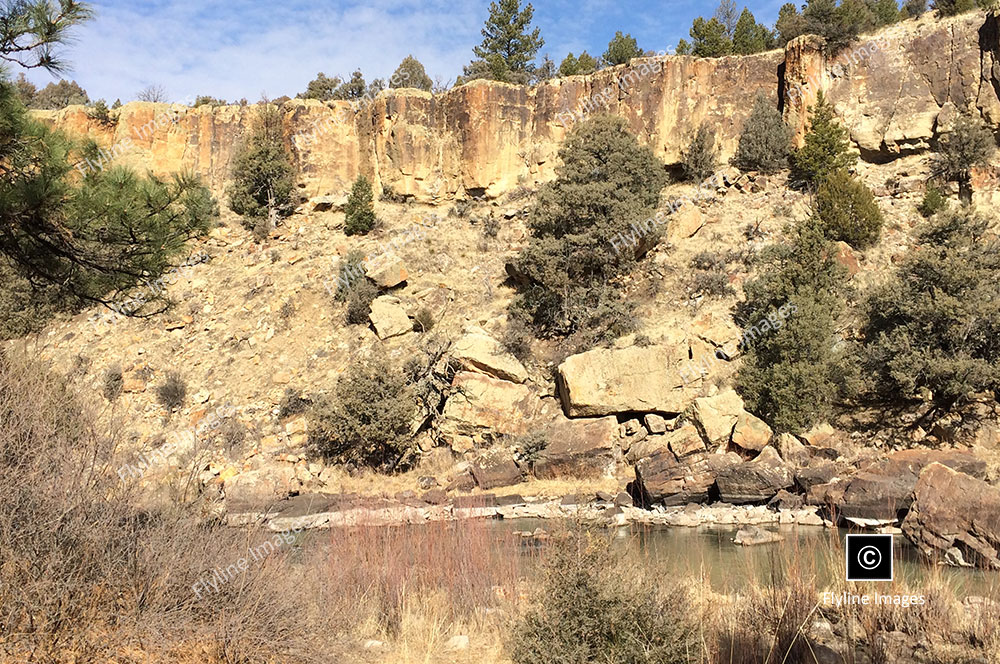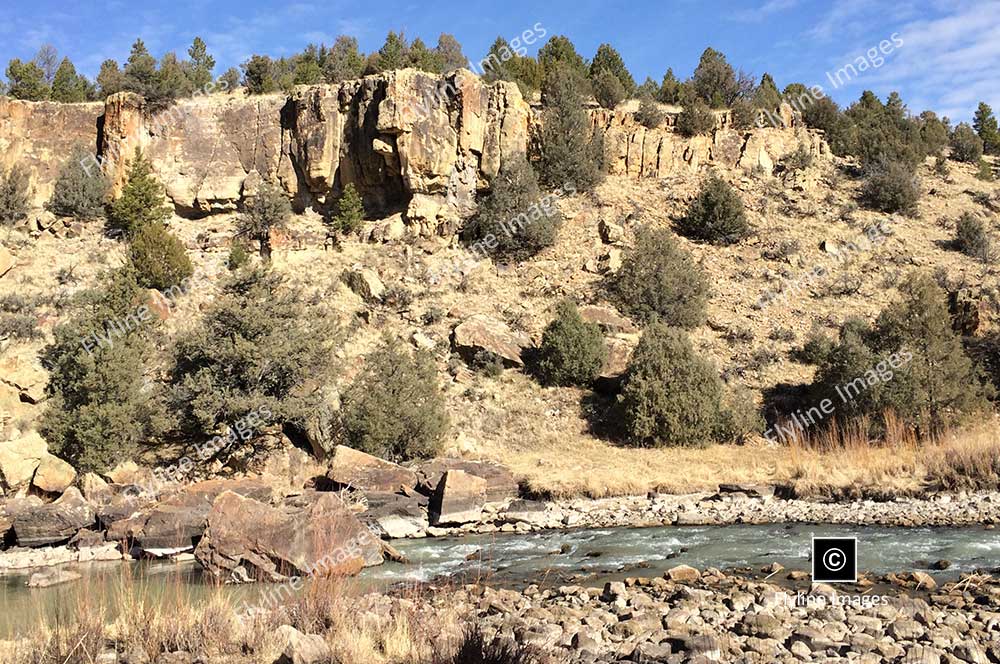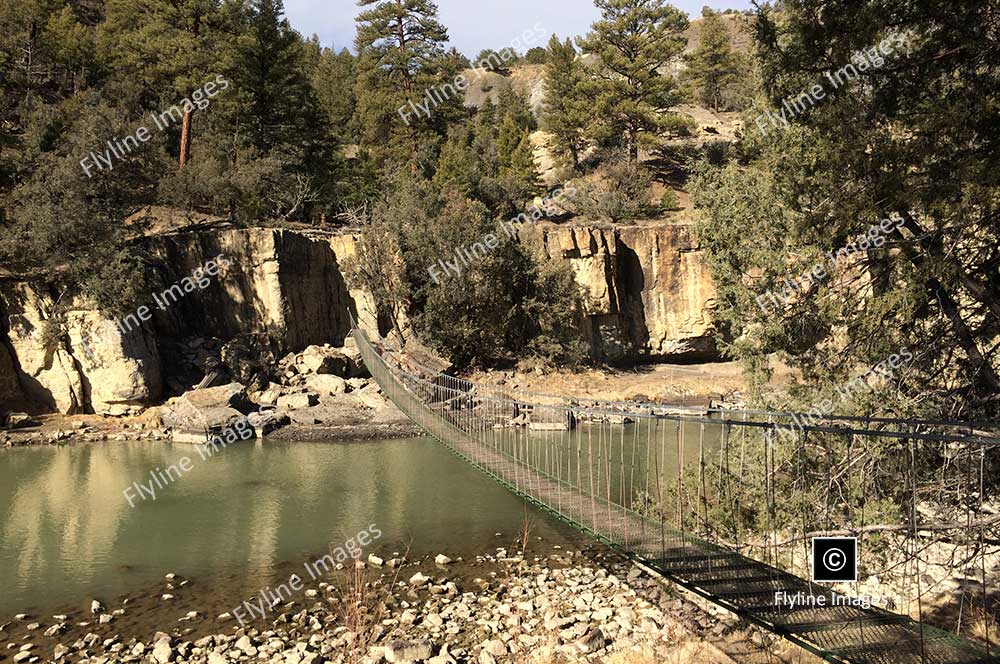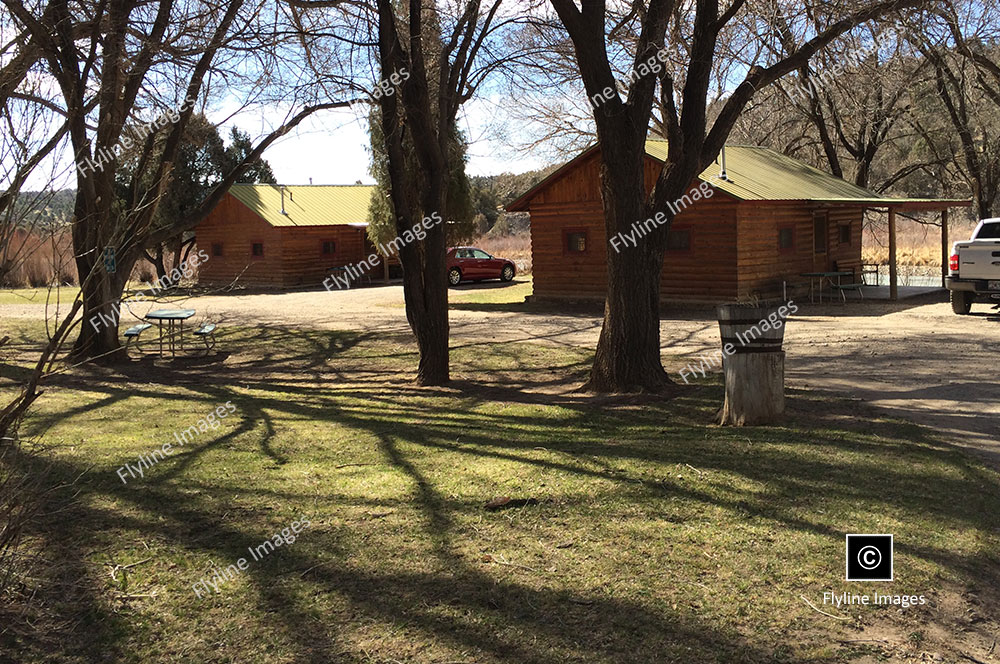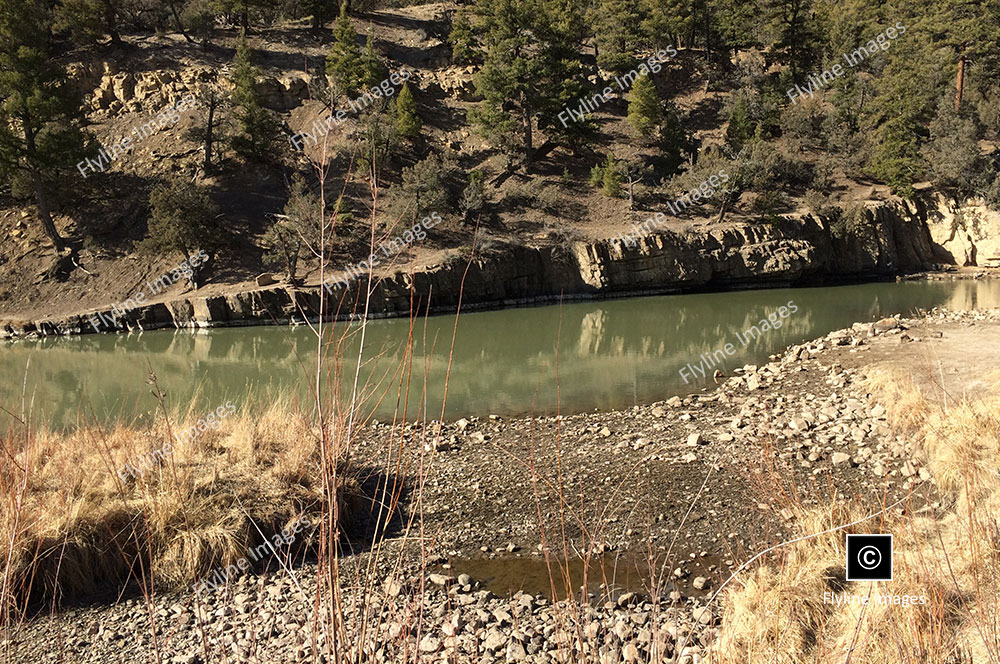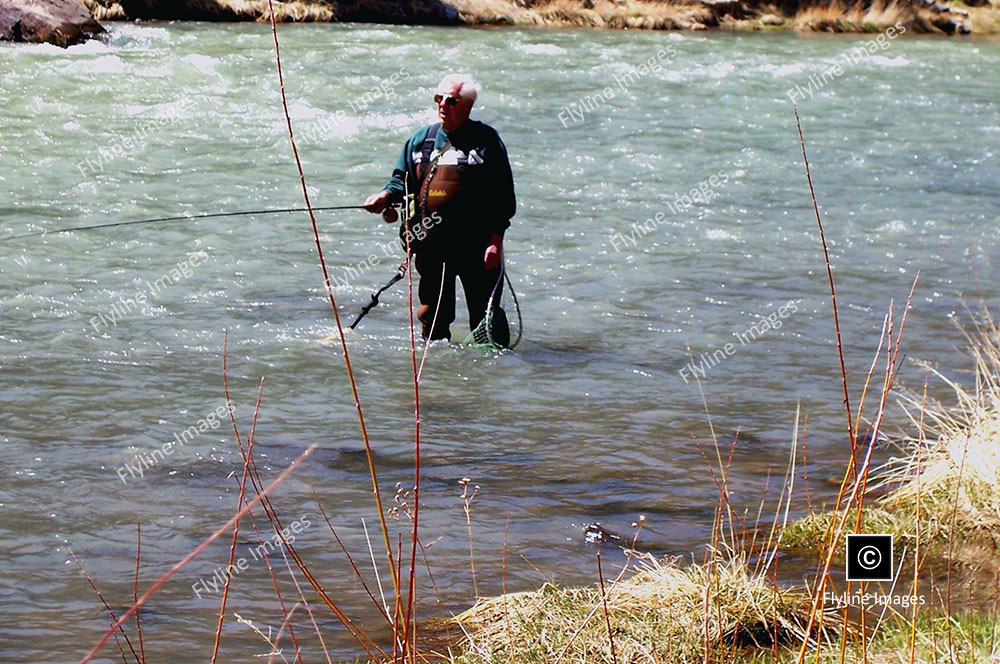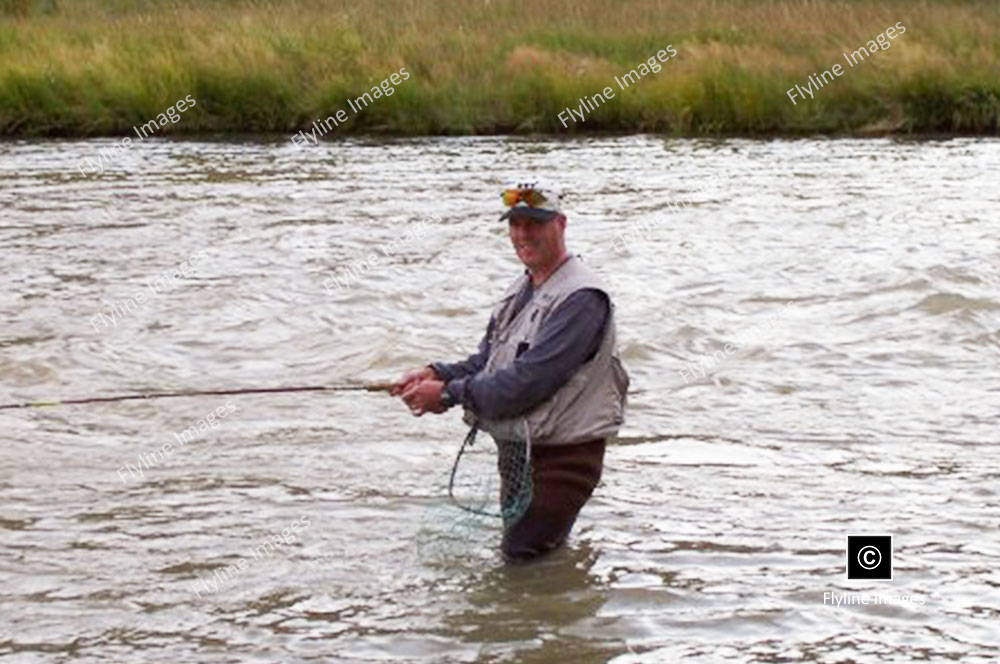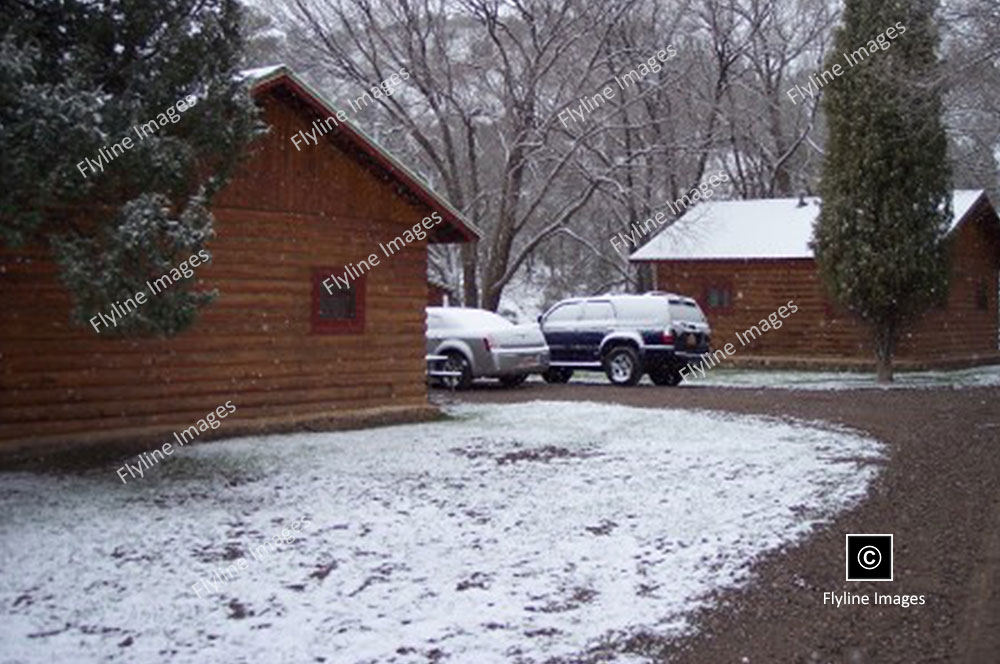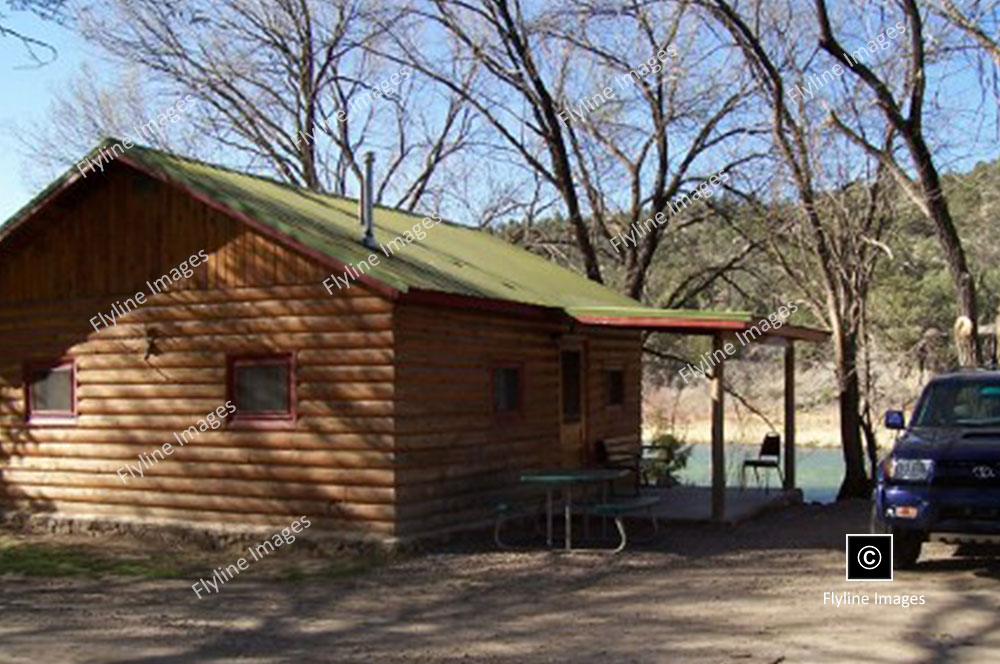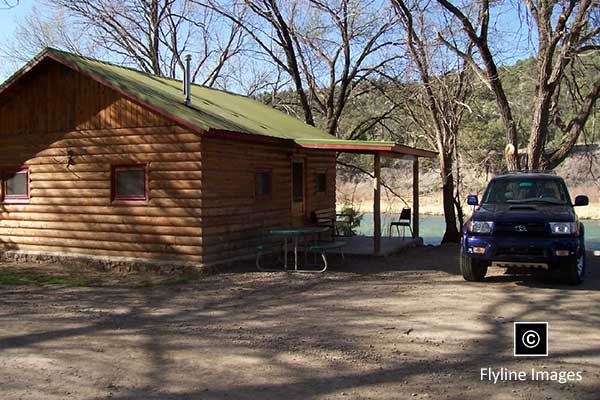 Coopers El Vado Ranch
Coopers El Vado Ranch
Fly Fishing, Camping, Rafting, Hunting
If you enjoy fly fishing, camping, hiking, rafting and hunting, Cooper’s El Vado Ranch is a place you really need to visit. This ranch is nestled in the New Mexico mountains, just below El Vado Lake. The ranch is owned and operated by David Cooper and his awesome family. Members of our team have been visiting the ranch since 1963. For more than 50 years, we have been blessed to enjoy this little piece of heaven, right here on earth.
The ranch offers a myriad of activities that cater to lovers of the great outdoors. It’s the perfect spot for those who find solace in the tranquility of nature and thrill in the adventure it offers. Whether you’re casting a line in the crystal-clear waters, exploring the vast wilderness on a hike, gliding down the river in a raft, or tracking wildlife on a hunt, Cooper’s El Vado Ranch provides an unparalleled backdrop. The serene environment, combined with the hospitable charm of the Cooper family, ensures that each visit is memorable. Stepping into this retreat is like stepping into a world where time slows down, allowing you to fully immerse in the beauty and excitement of the natural world.
At Cooper’s El Vado Ranch, nature is not just a backdrop, it’s the main attraction. Guests can choose from a variety of activities that highlight the beauty and diversity of the surrounding landscape. For outdoor enthusiasts, there are endless opportunities for hiking, biking, horseback riding, and wildlife viewing. The ranch also offers guided tours and excursions to nearby national parks and monuments, giving guests a chance to learn more about the history and geology of the area.
The fishing at Cooper’s is really great. Ranch visitors have miles and miles of Chama River accessible areas to fish. The ranch lies approximately a mile below the El Vado Lake dam. The water levels vary by time of year. Generally water levels in the river are lower in the Winter and early Spring. Levels are raised during the Summer, to accommodate rafters and to provide more water to Espanola, Santa Fe and Albuquerque. In the Fall, water conditions vary, depending on how much water is needed downstream.
The Chama River is one of the most popular fishing destinations in New Mexico. You can catch rainbow trout, native brown trout and occasionally a cutthroat trout. On the rarest of occasions, you might even connect with a Kokanee Salmon. The river is stocked with rainbow trout approximately once per month. Usually they bring in 10,000 or more fish. These fish are raised in New Mexico fish hatcheries. On a rare occasion, they may actually stock the river with non-native cutthroat trout. The stocking takes place at Maggie’s Hole. Once deposited into the river at Maggie’s Hole, the rainbows migrate up and down stream. Some travel miles until they find a feeding area that they prefer. The native brown trout can be found pretty much anywhere in the river.
The Kokanee salmon are not native to the Chama waters. In order for a Kokanee to be in the Chama River, that fish must overcome a huge gauntlet of challenges. These salmon must first make their way through the dam and gate system at Lake Heron. Then they have to swim down the upper Chama River and finally into El Vado Lake. That is the easy part. Once in El Vado Lake, they must make it through the El Vado Dam generator system. Assuming they aren’t ground to a pulp by the generally, only then are the free to swim in the Chama River. Pretty impressive feat for any fish, much less a big salmon. I have personally seen fly fishermen, at El Vado Ranch, pull a salmon out of the Chama. Last time I saw a salmon caught, it was right there at the island, near Maggies Hole.
The most commonly caught fish at El Vado Ranch are the rainbow and cutthroat trout. If you want to get into some native browns, I would suggest hiking upstream or downstream a mile or so. There are some great holes both ways that hold lots of these big native browns. People routinely pull 20 to 24 inch trout from the river during stays at El Vado Ranch.
Many people fish the Chama River the old fashion way. They go with worms, minnows, salmon eggs, corn or various power baits. These natural and man made baits can definitely help fill the frying pan with trout. Since El Vado Ranch is stocked quite often, there are always plenty of small to medium sized fish who will jump at those baits. Fish at El Vado tend to swallow the hooks when you use live bait. For those of us who ascribe to catch and release, fly fishing is really the better option. The trout rarely ever swallow a fly, meaning it is much easier to release them unharmed, after a catch.
There are a number of flies that work extremely well on the Chama. One of my favorites has always been wooly buggers. I usually go with an olive color in the Spring and Fall. In the Summer, when the stream is murky, a black wooly bugger with a red or gold bead head can be very productive. In the Spring, when the water is clear, you might also want to go with an elk hair caddis. Many times I fish just one fly, but there are times when the trout are not as aggressive. When the fish aren’t as aggressive I will add a dropper and go with a two fly setup. With the two fly setup the fish often see the first fly float by and that raises their interest. Then the dropper floats by and they actively pursue that fly. For the top fly, I will go with an Elk Hair Caddis or something similar, then add a nymph for my dropper. I prefer to have my two flies at different depths and the Caddis configuration with the nymph dropper allows me to accomplish that.
Don’t get me wrong. I enjoy eating fresh fried trout as much as the next person. I just want to see my grand children and yours come to El Vado and latch into a big 20 inch rainbow, or maybe a wily big native brown. Wouldn’t it be cool to see them enjoy the same incredible experience that we have enjoyed. Maybe if we continue catch and release habits, one of those fish will produce some future monsters.
After fishing at El Vado Ranch for more than 50 years, I have learned a few things about the stream. It runs clear in the Winter and early Spring. The water is generally murky in the Summer and Fall. During the Winter and early Spring, water flow will generally be between 300 to 400 (cfs) cubic feet per second. When Summer rolls around, water demands down stream increase. That usually results in more water being released at El Vado Dam. Flow rates in the Summer can range anywhere from 450 cubic feet per second to 650 cubic feet per second.
Spring
Spring on the Chama River, particularly around the El Vado Ranch area, presents a unique set of conditions for anglers. During this time, the river begins to awaken from the winter’s cold, influenced heavily by the melting snow from higher elevations. This results in higher water levels and stronger currents, which can stir up the riverbed, bringing food into the water column and activating fish feeding behaviors. Anglers may find success targeting areas where the water flow slows and fish are likely to hold. Early spring temperatures can vary, so layers are advisable for comfort. Fly fishing with nymphs or streamers can be particularly effective during this transitional season as fish look to replenish energy reserves after winter. However, anglers should check local regulations and water release schedules from El Vado Dam, as these factors can significantly impact fishing conditions and safety.
Anticipate the river being pretty clear. Think about going with a two fly configuration. Streamers, wolly buggers, copper johns and flashy nymphs all work. Some of my personal favorites are wolly buggers. Wolly buggers come in several different colors and configurations. The fish in the Chama really seem to like the olive color scheme, especially when the water is clear. I like pairing an olive wolly bugger, with a zebra midge dropper. If fishing slows, try using a wolly with a green or gold bead head. It is also really helpful to select a wolly bugger that has flashing highlights in the tail. Really seems to help. When the water levels rise in late Spring, the fish will immediately begin to move towards the grassy banks. Rule of thumb, the higher the water level, the more you should focus on fishing along the banks.
Summer
Summer fly fishing on the Chama River, particularly in the vicinity of El Vado Ranch, emerges as an unparalleled experience for anglers. The warmer months breathe life into the river’s ecosystem, bringing forth a diverse array of hatches that promise an exciting fishing adventure. The Chama River, with its clear, cool waters, becomes a haven for both seasoned and novice fly fishermen aiming to land the prized trout that thrive in these conditions. Nestled within a picturesque landscape, El Vado Ranch offers not just prime access to these fertile fishing grounds, but also the tranquility and beauty of nature, making every fishing expedition as memorable for its scenery as it is for the catch.
In the Summer, the Chama is usually pretty murky. When water conditions are murky, you might want to switch over from the olive wolly bugger to either a black or purple wolly bugger. My favorite Summer wolly configuration is a red bead head, with a black body. I also love to use a red cone head, black bodied sucking leach. Both work best when they have sparkly highlights in the tail. Definitely seems to help the fish to notice the fly in the murky water.
Fall
Fall fly fishing on the Chama River, particularly around El Vado Ranch, presents an unrivaled experience for anglers. During these months, the river transforms into a picturesque tableau of vibrant autumn hues, creating a serene backdrop for fishing. The cooler temperatures of fall reduce the river’s temperature, encouraging trout to become more active and feed more aggressively, offering anglers the chance to engage with the fish more frequently. The Chama River, known for its robust populations of brown and rainbow trout, becomes a haven for fly fishers seeking the thrill of the catch amidst the stunning beauty of the season. Additionally, the lower number of visitors during the fall ensures a peaceful fishing experience, allowing for a more personal connection with the natural surroundings.
One of my favorite times to fish the Chama is Fall. Normally the water will still be on the murky side, but, normally still clear enough that fish are feeding on top water flies. Elk hair caddis tend to be effective in some areas of the stream in these conditions. I also still utilize wooly buggers, streamers and egg patterns this time of year as well. During late September and early October, the native brown trout begin to spawn. These spawning fish get hyper aggressive and feed frequently. Browns generally like to create their spawning beds in shallow areas, in slower moving waters. Male browns and rainbows tend to feed on brown trout eggs that get washed out of the bedding areas.
Lodging
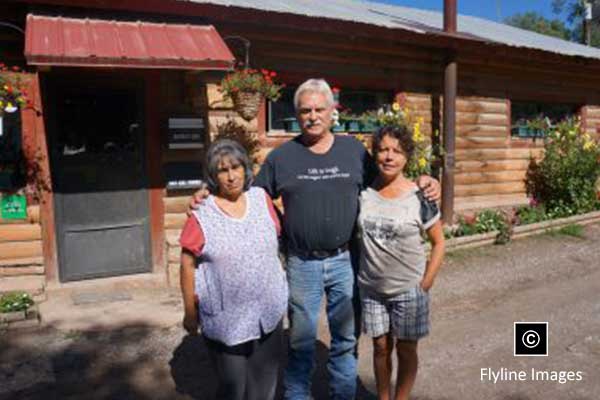 The ranch offers great accommodations. Ranch visitors have multiple options when staying at the ranch. There are quite a few beautiful, rustic cabins, that can be rented by the day, week or month. These cabins are real log cabins. Each is equipped with a kitchen, den and bathroom, with shower. Most have two bedrooms and all include a sleeper couch. These cabins provide comfortable sleeping quarters for families of 5 to 6.
The ranch offers great accommodations. Ranch visitors have multiple options when staying at the ranch. There are quite a few beautiful, rustic cabins, that can be rented by the day, week or month. These cabins are real log cabins. Each is equipped with a kitchen, den and bathroom, with shower. Most have two bedrooms and all include a sleeper couch. These cabins provide comfortable sleeping quarters for families of 5 to 6.
No one works harder than David Cooper in making sure that each cabin on the ranch is perfectly prepared for each El Vado Ranch visitor. The linens are clean, the floors are oiled and perfectly swept, each bathroom is super clean and all are equipped with a shower. All the cabins have their own hot water heaters. That ensures there is always plenty of hot water for showers and dish washing. Each kitchen includes a nice gas stove and microwave. All cabins have a heating unit, which ensures you stay toasty on those cold late Fall, Winter and early Spring nights.
Camping
Many who visit the ranch, pull their trailers up with them and enjoy the awesome trailer camping areas that Mr. Cooper has created. These trailer spaces include water, electric and sewer hook-ups. If you are hoping to trailer camp, we encourage you to call ahead and check for space availability. If you enjoy tent camping, the ranch has an excellent tent camping area that is nestled among the beautiful Ponderosa pines, right next to the Chama River.
Hunting
In order to hunt Elk or Antelope in New Mexico, you need to participate in the New Mexico hunting lottery system. That is your only chance to win a tag to hunt those species. You can purchase a deer tag, directly from the New Mexico Department of Game & Fish. Many hunters opt to rent cabins from David Cooper during the Winter hunting seasons. There are lots of Elk and deer in the area. Hunters also stay at Coopers ranch during turkey season as well. As mentioned earlier, each cabin is equipped with a wall heater. These wall heaters are fully capable of keeping your cabin warm and toasty, even when outside temperatures drop into the 30’s and 40’s.
The main hunting seasons in the area are held in the Fall. Even though the ranch will have lots of hunters staying in cabins during October, there are almost always cabins available for people who want to do some late Fall fishing.

